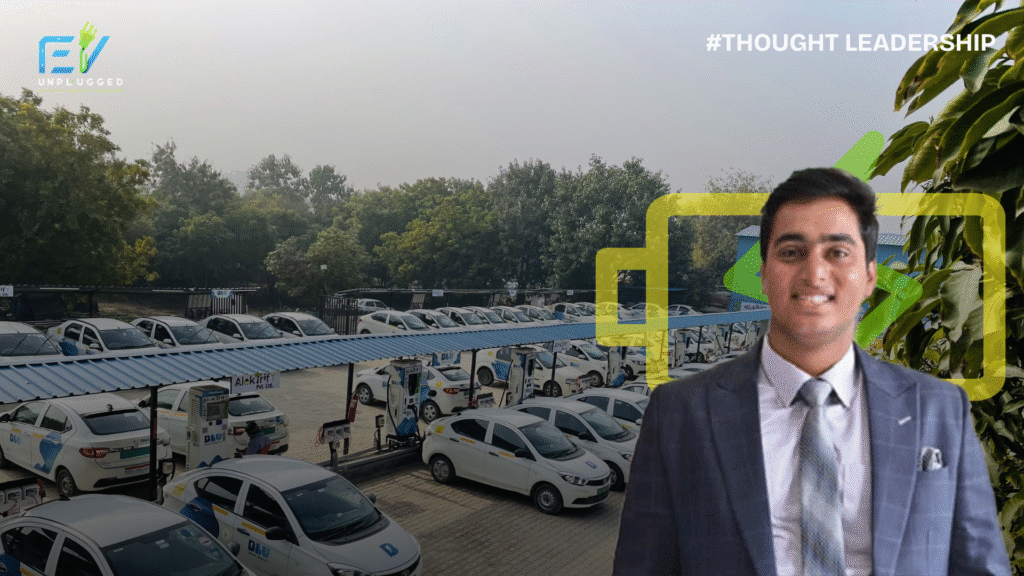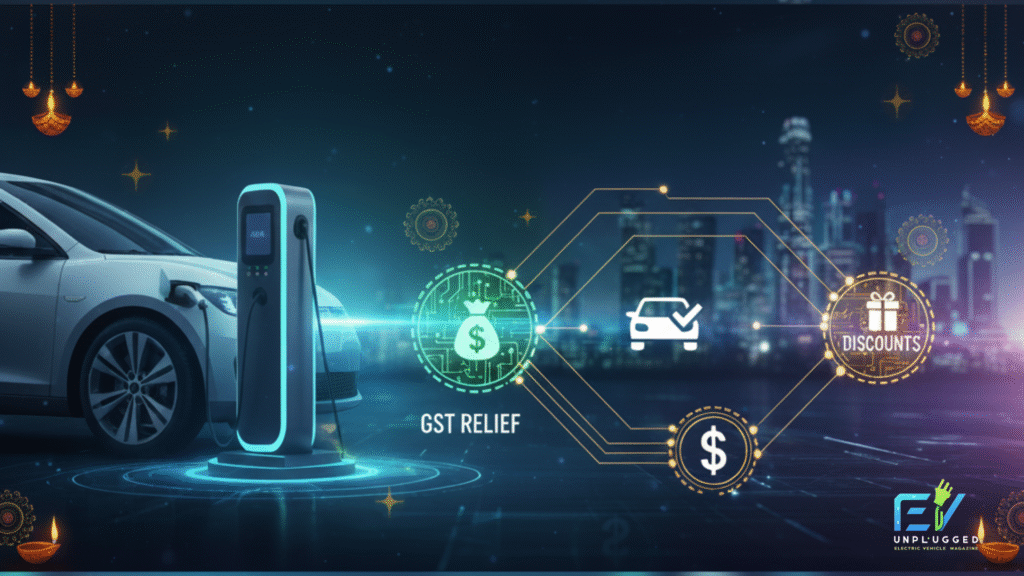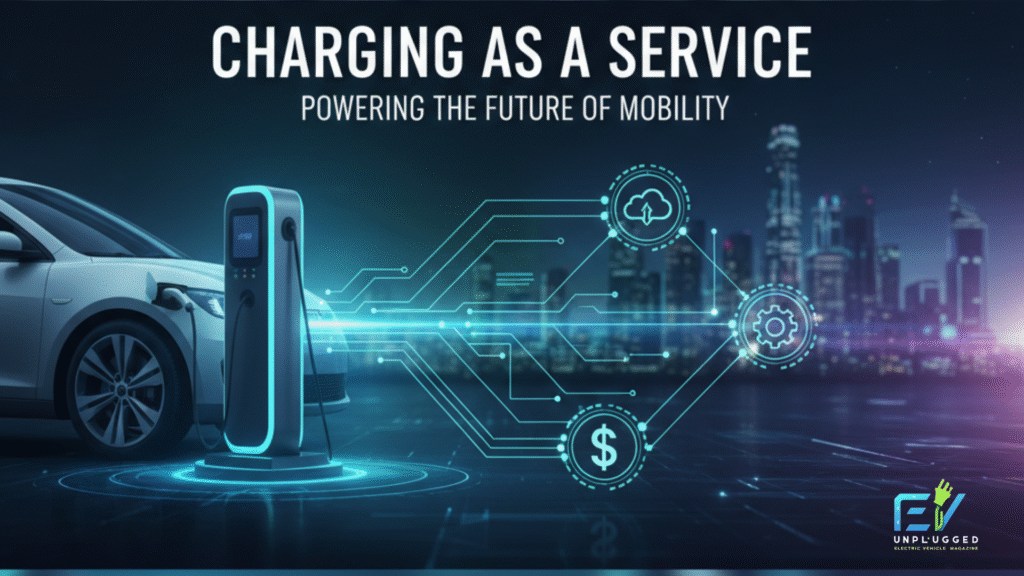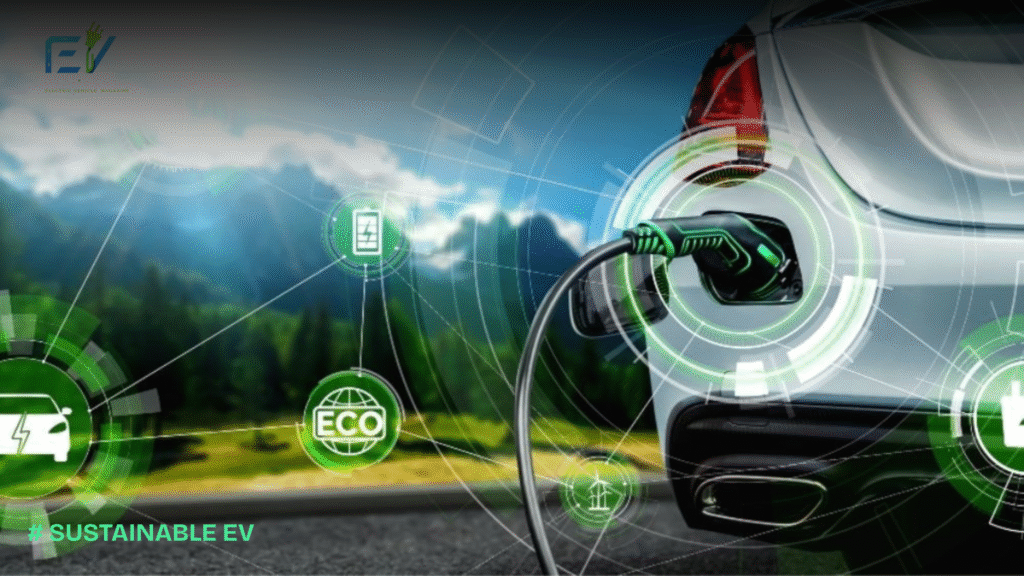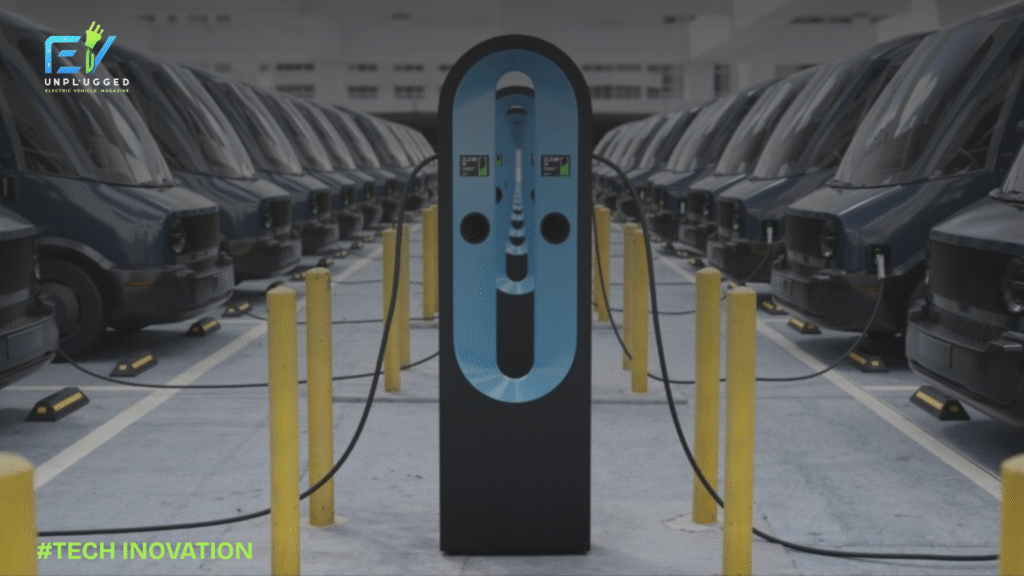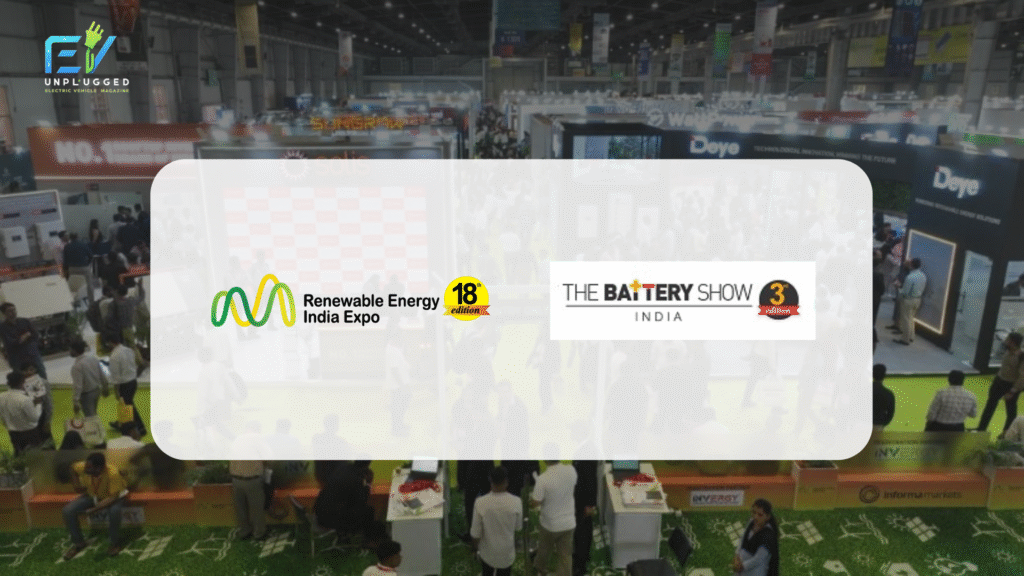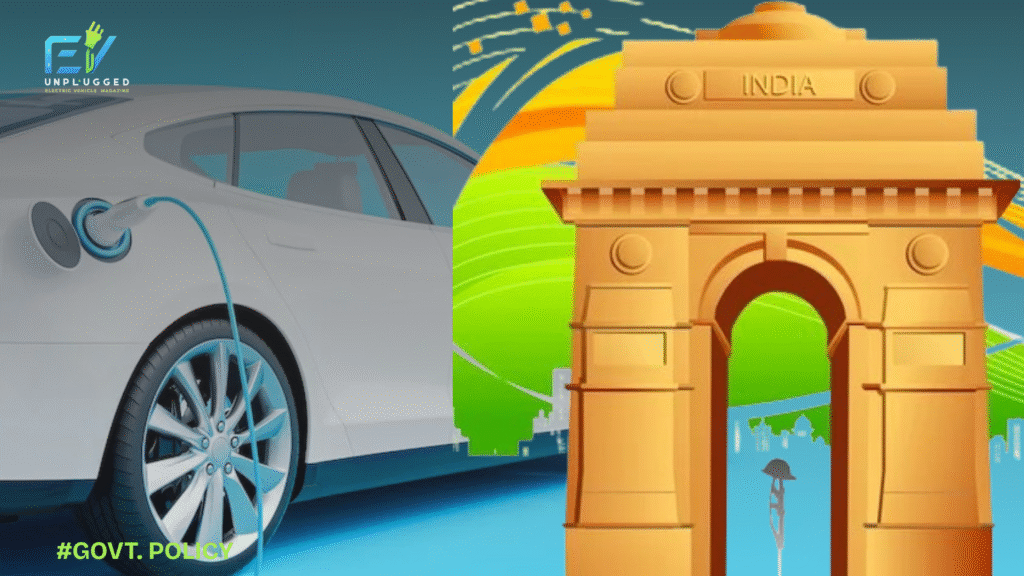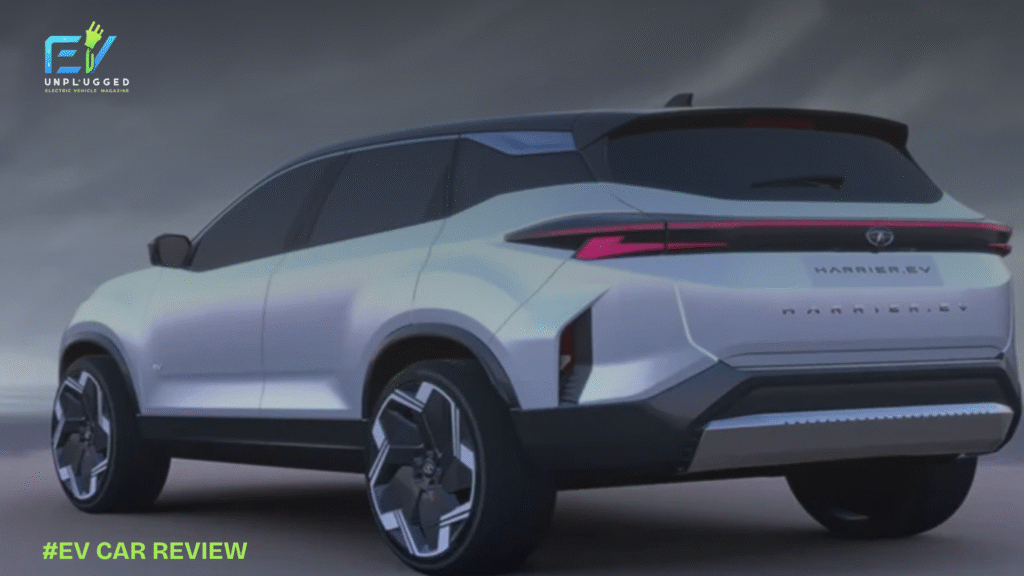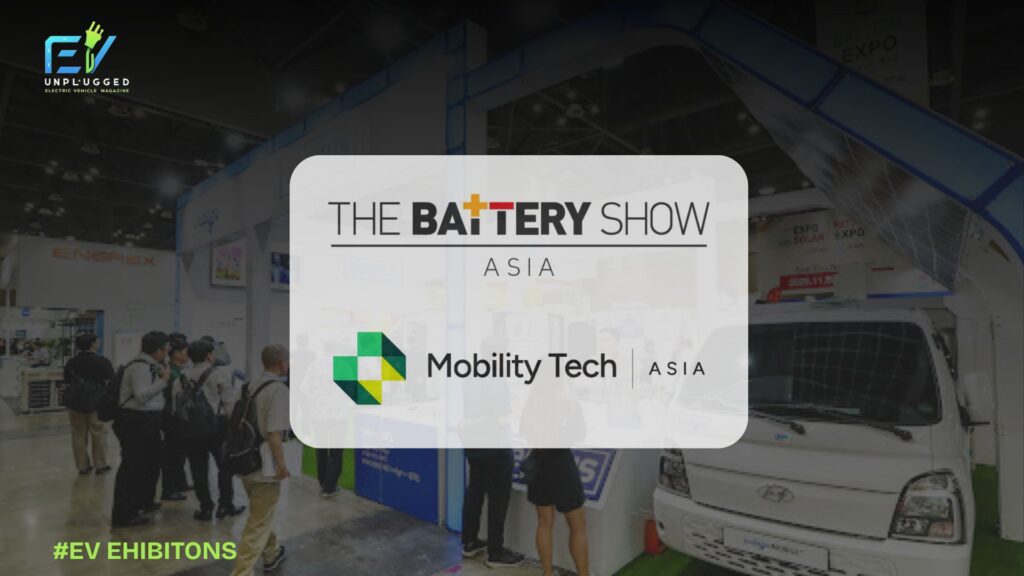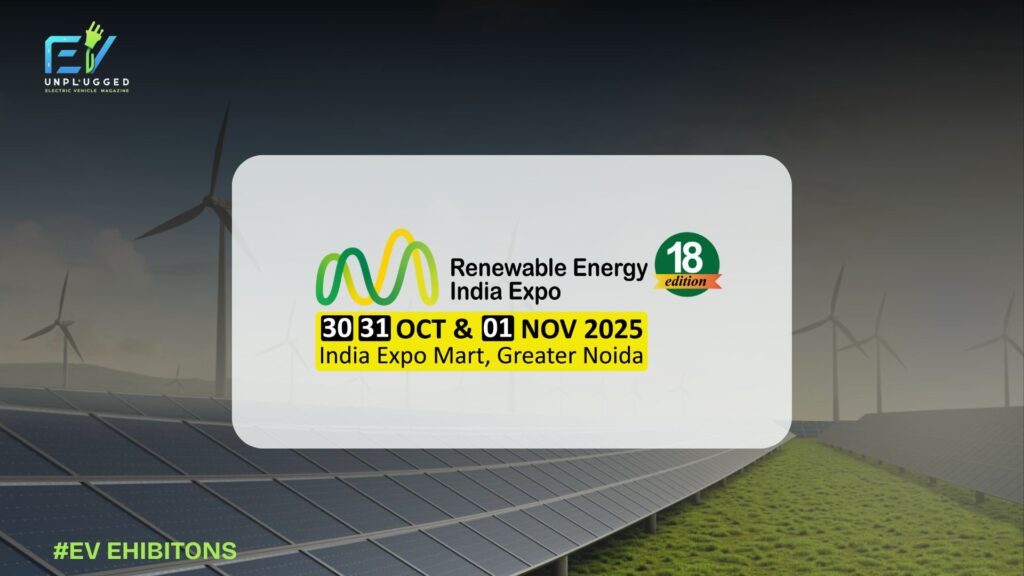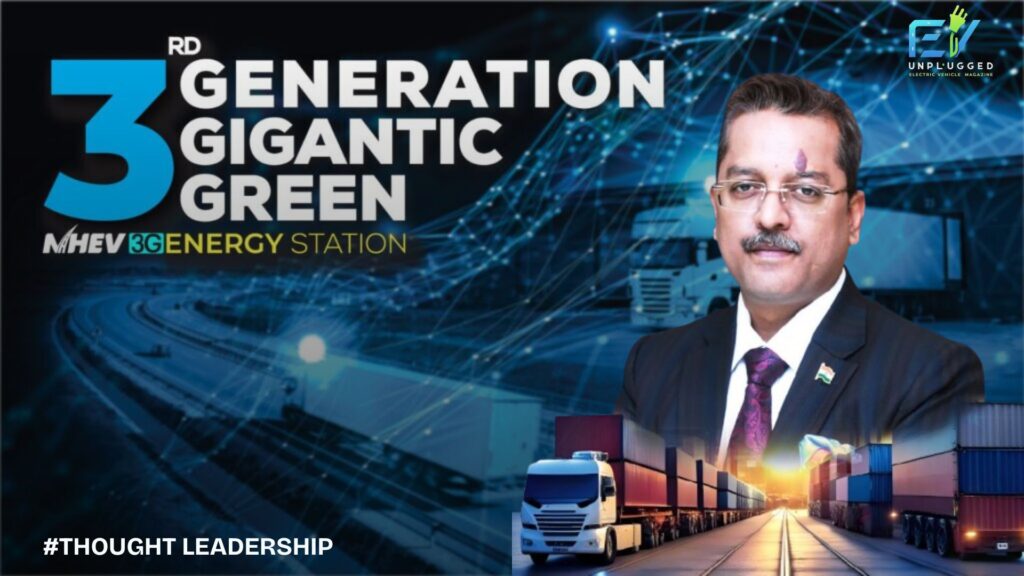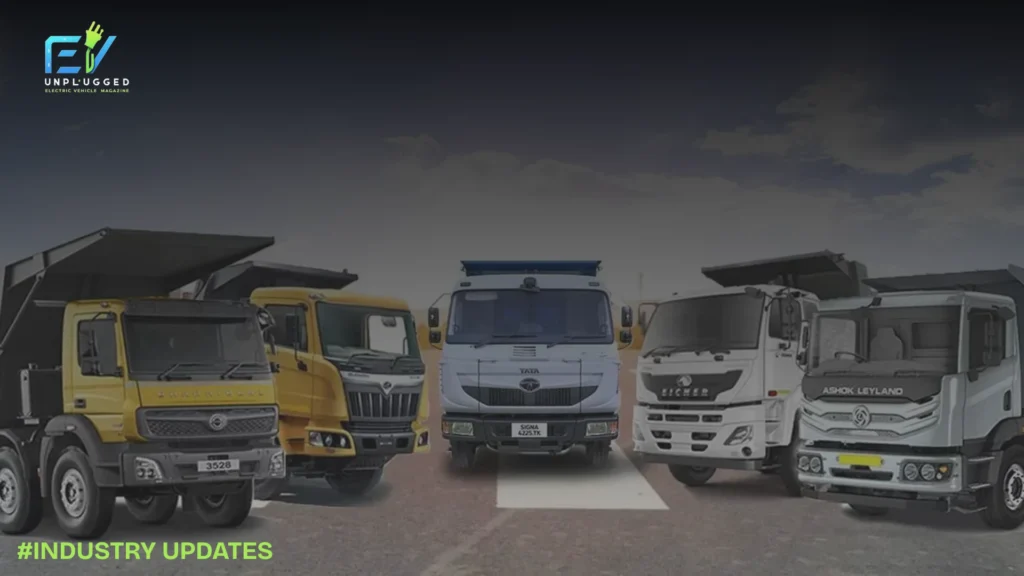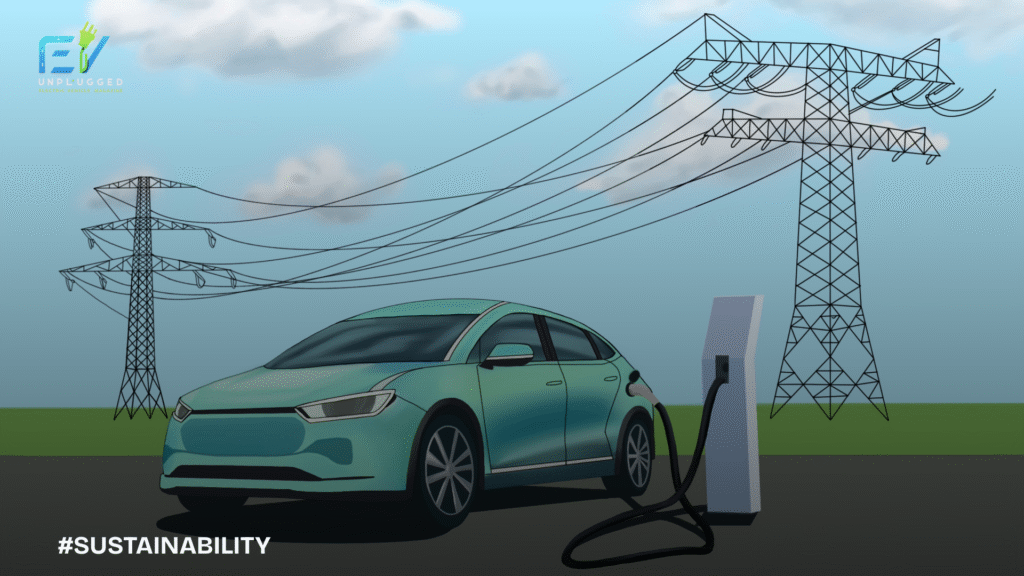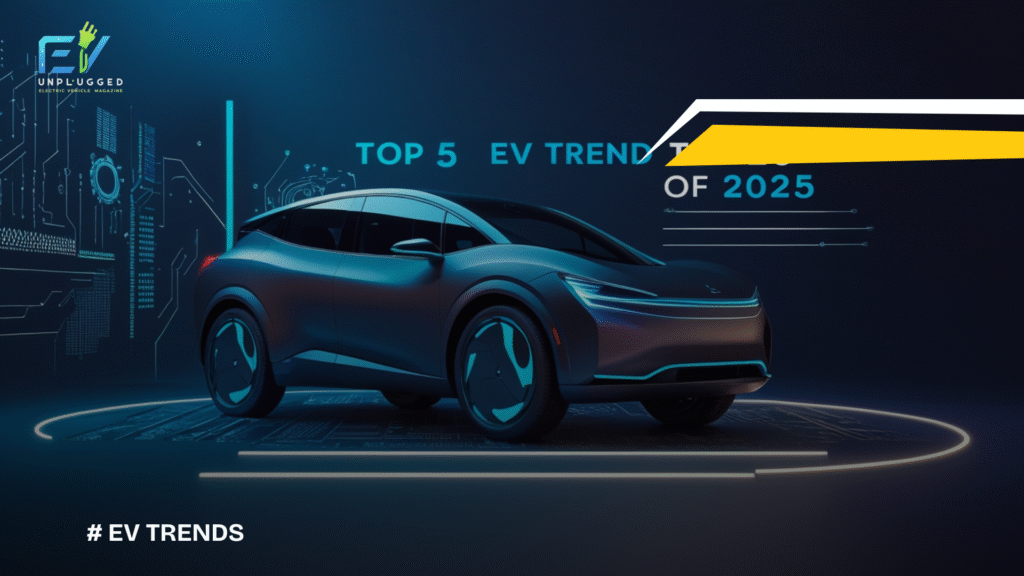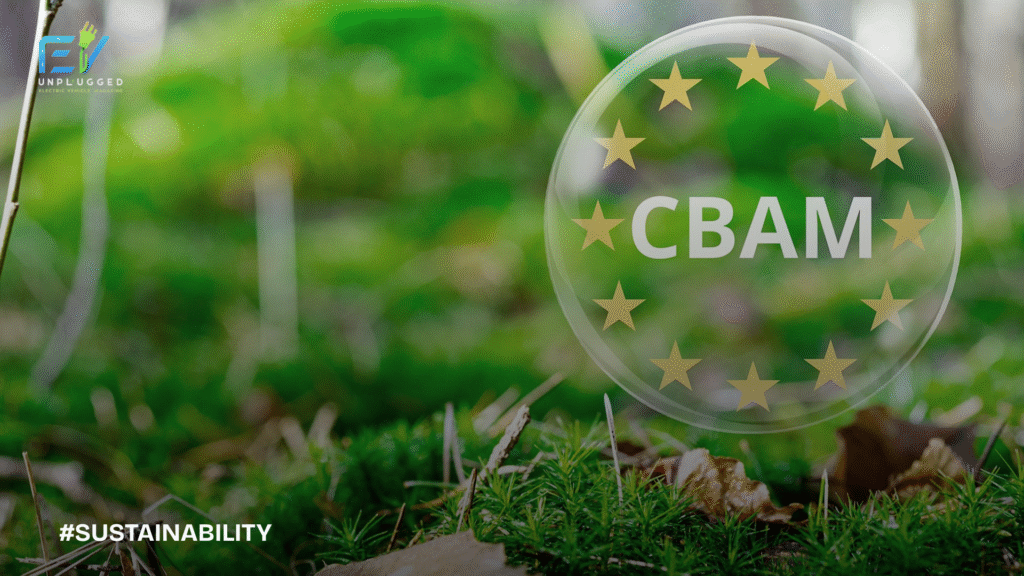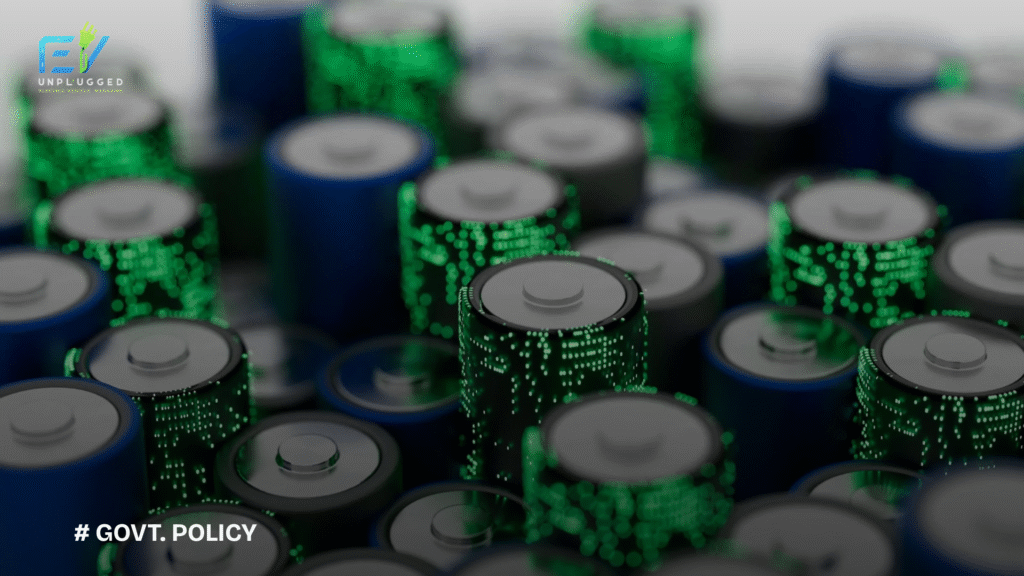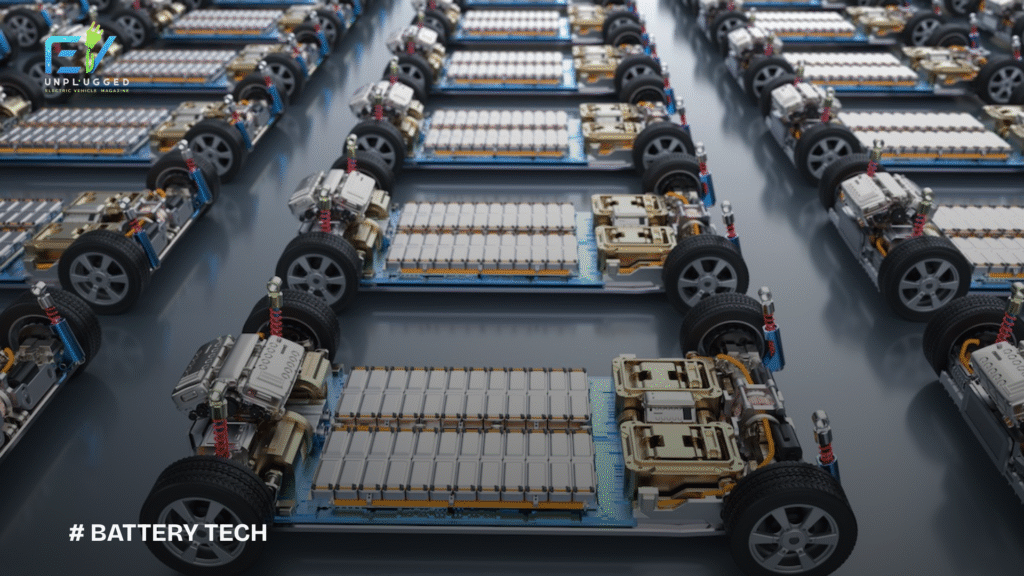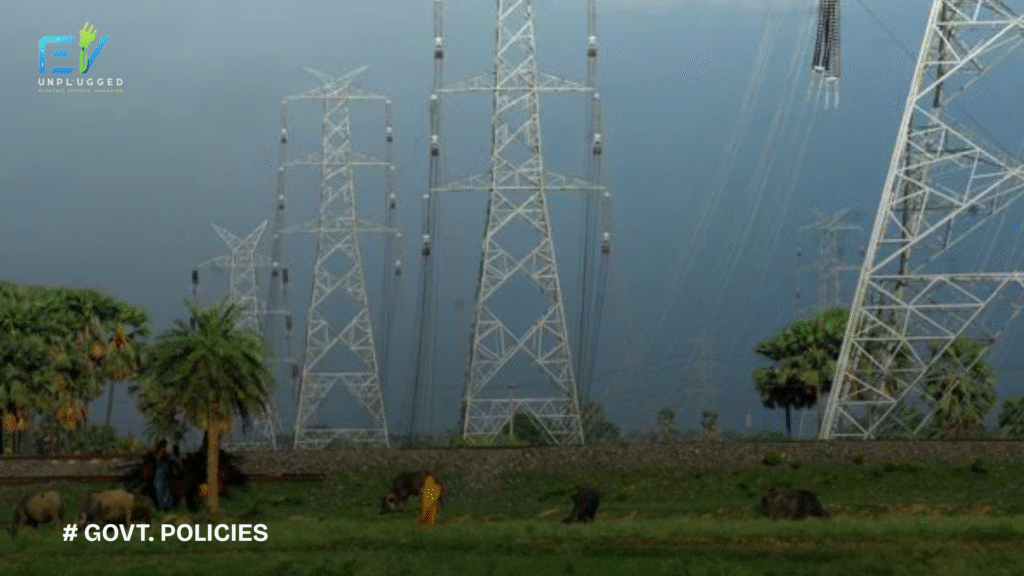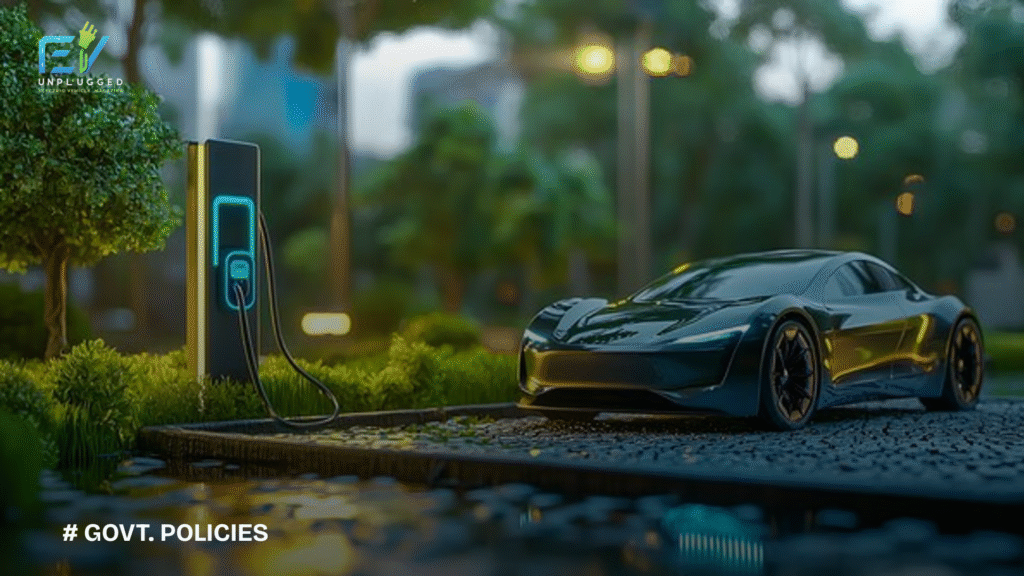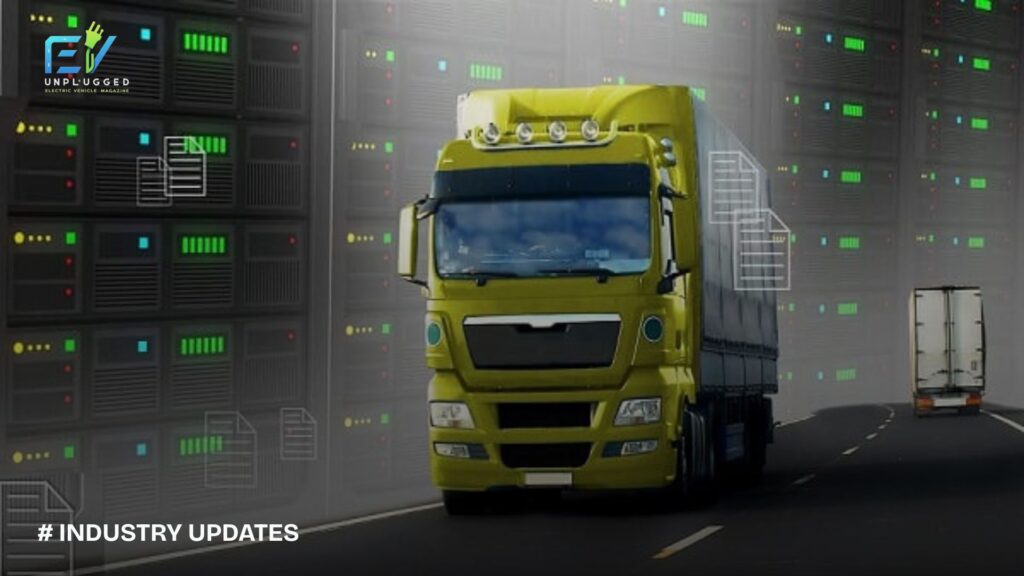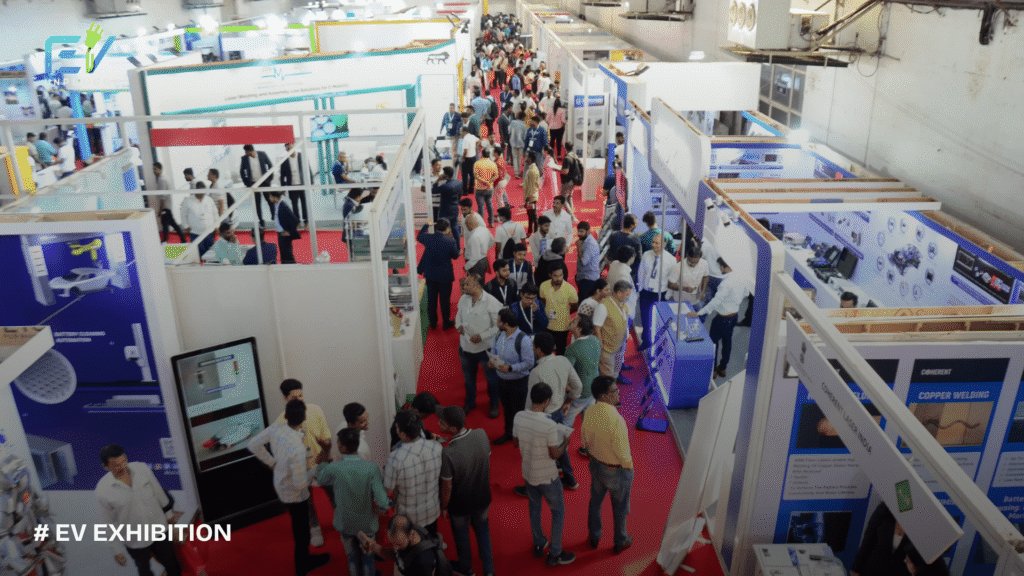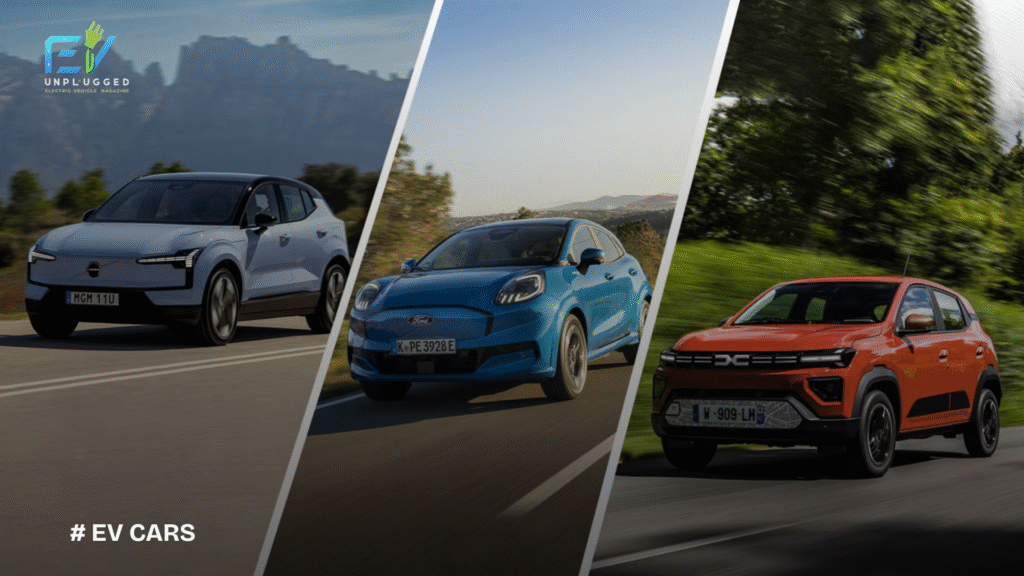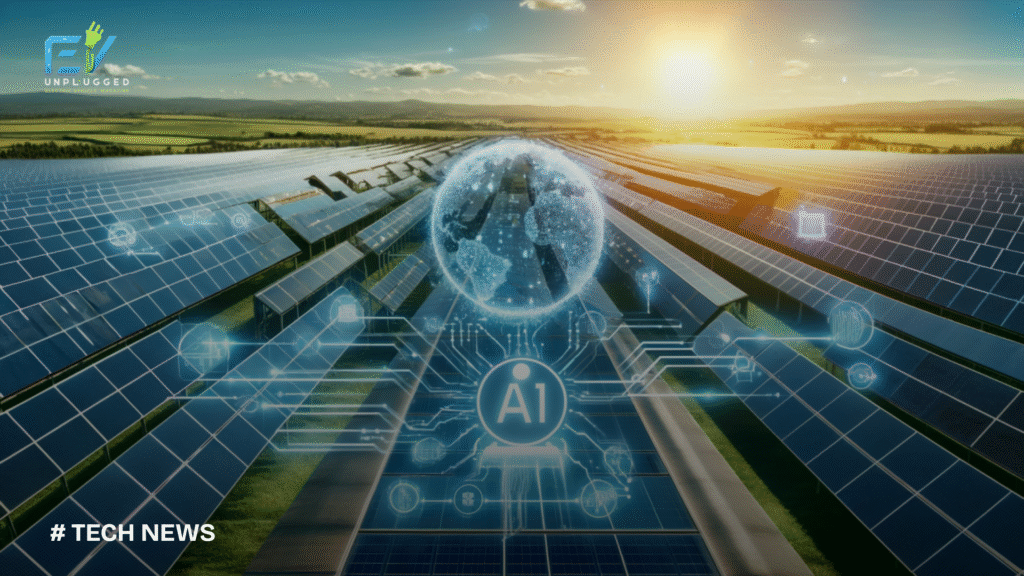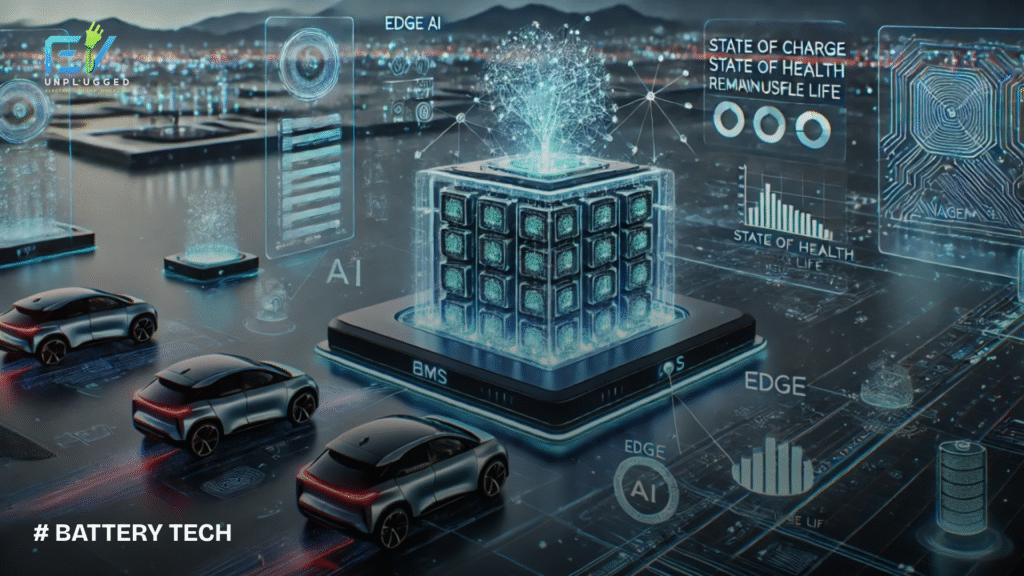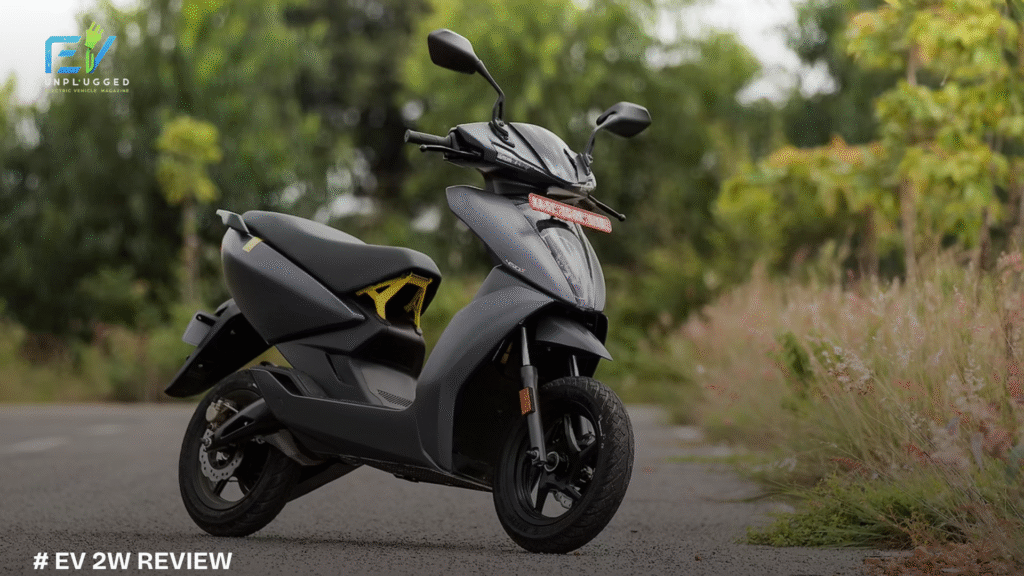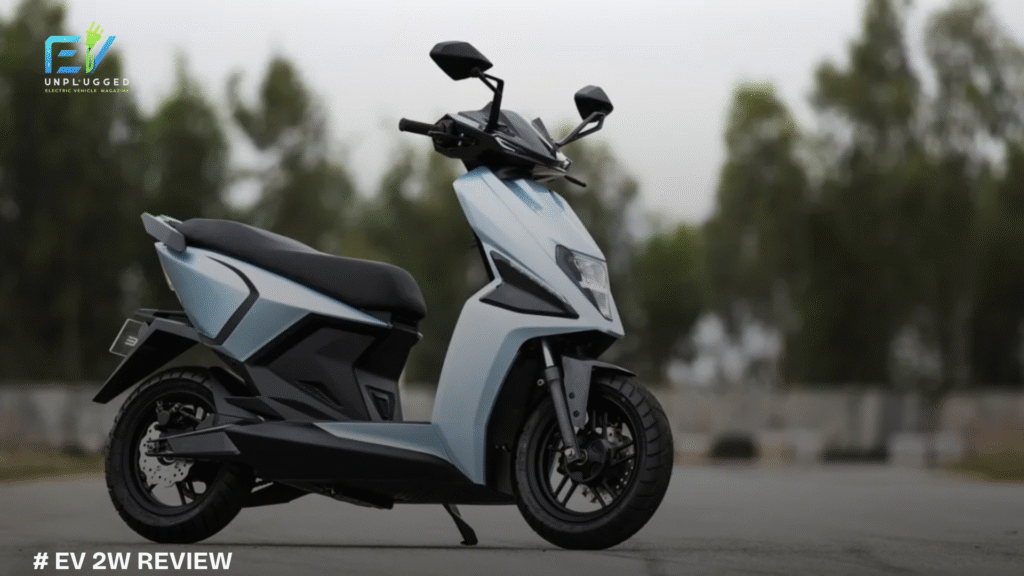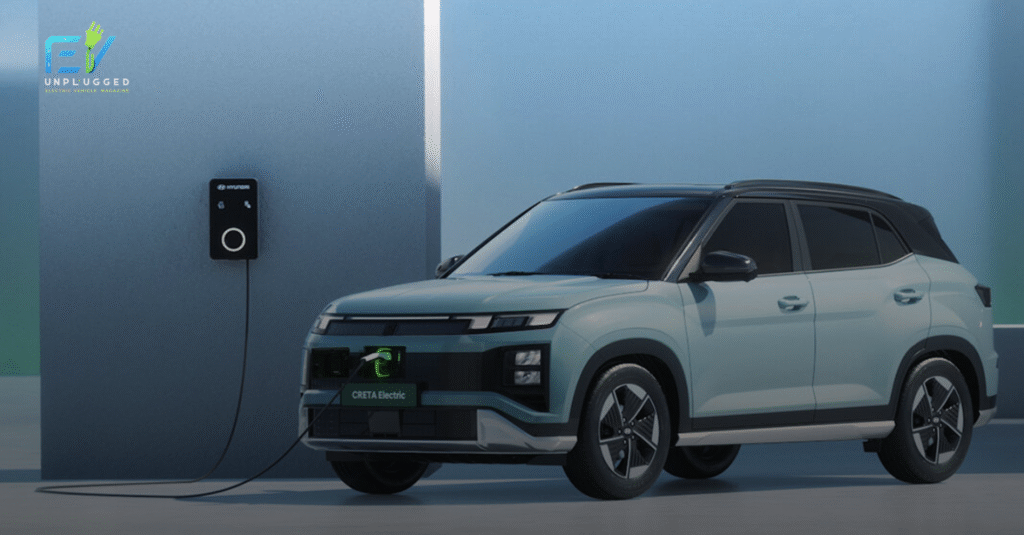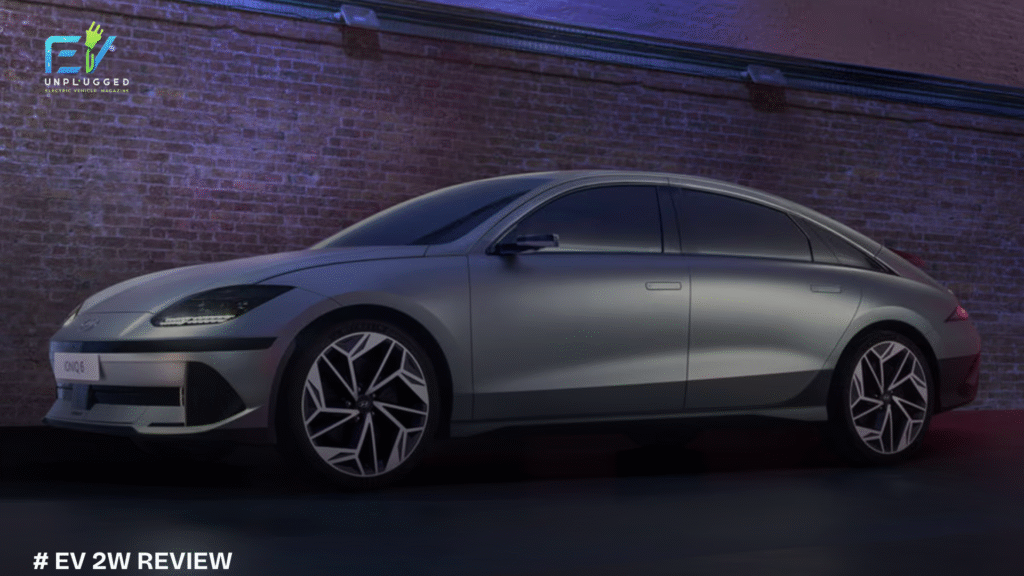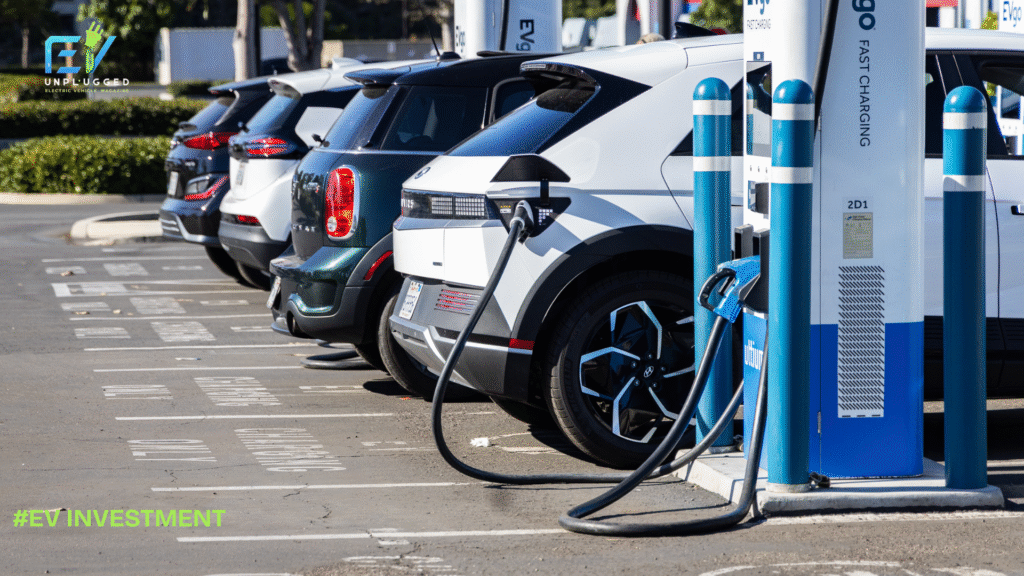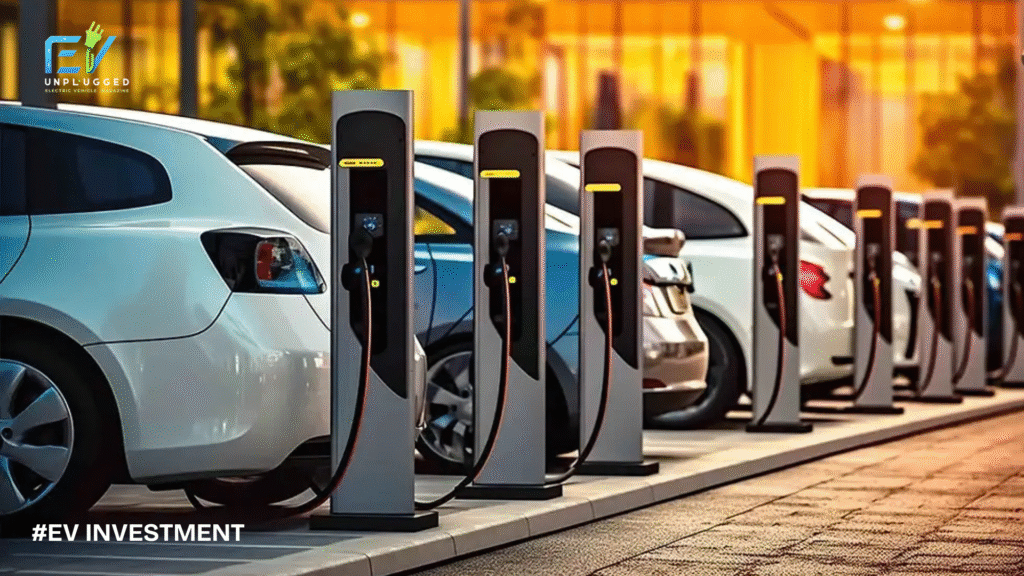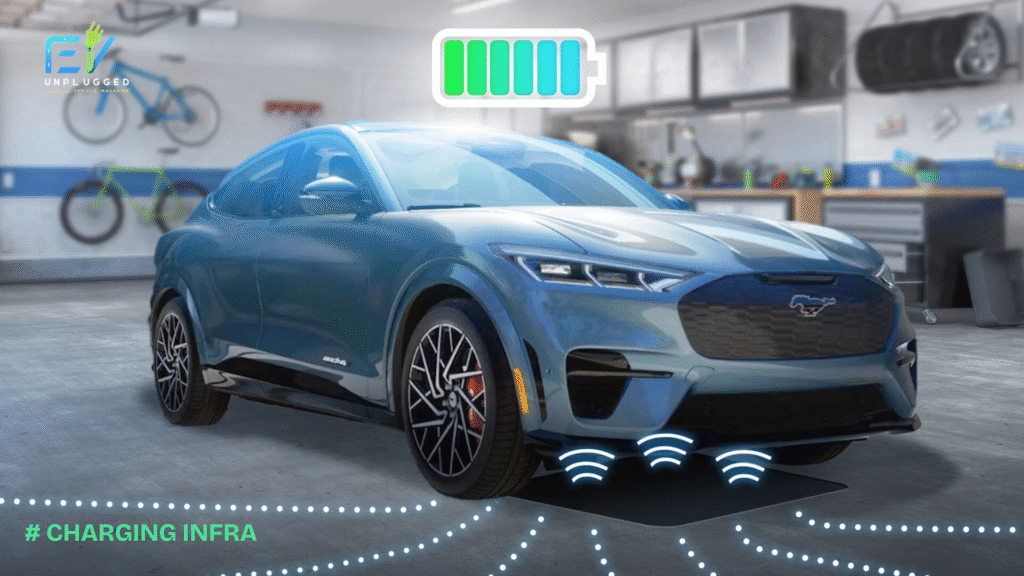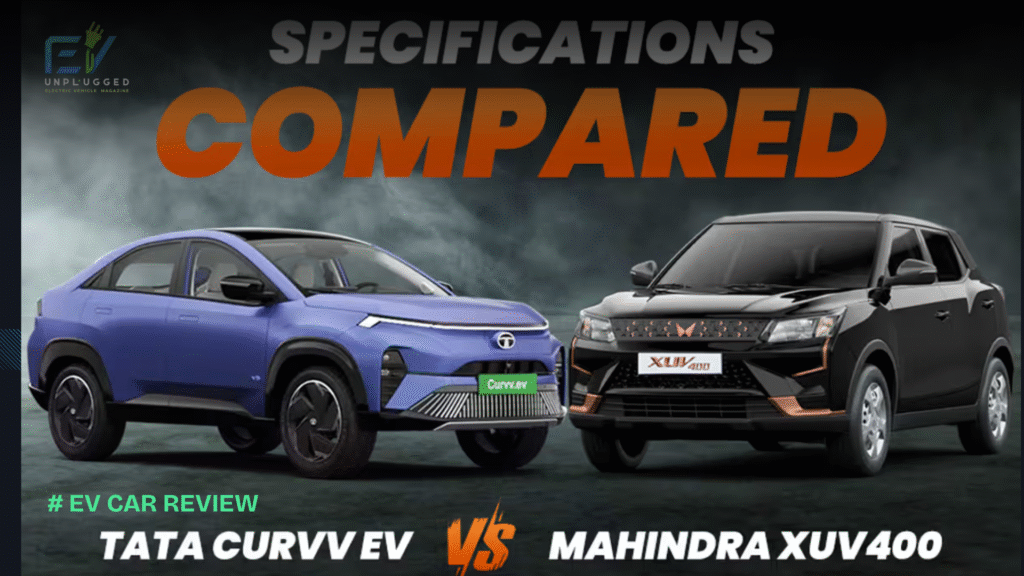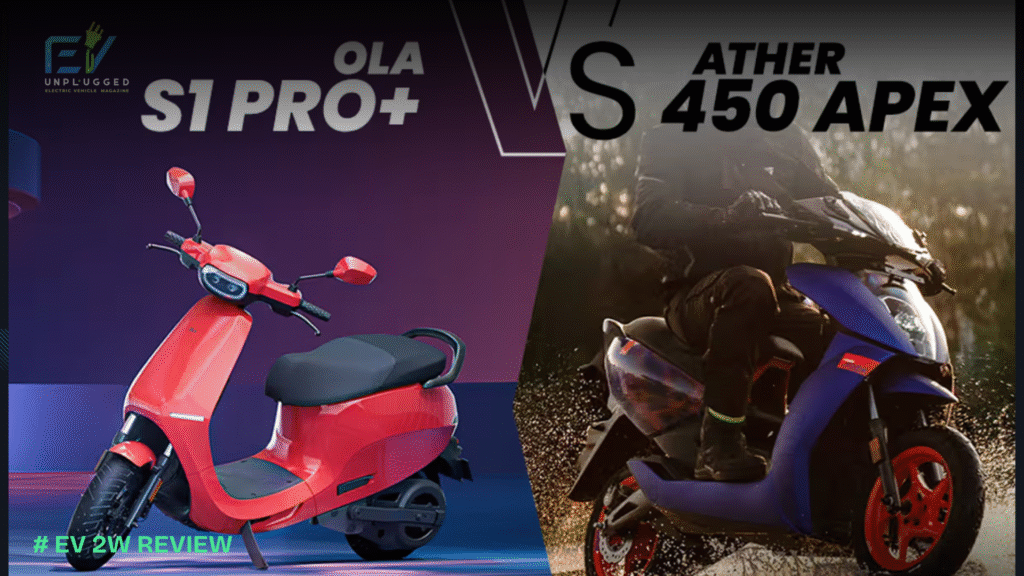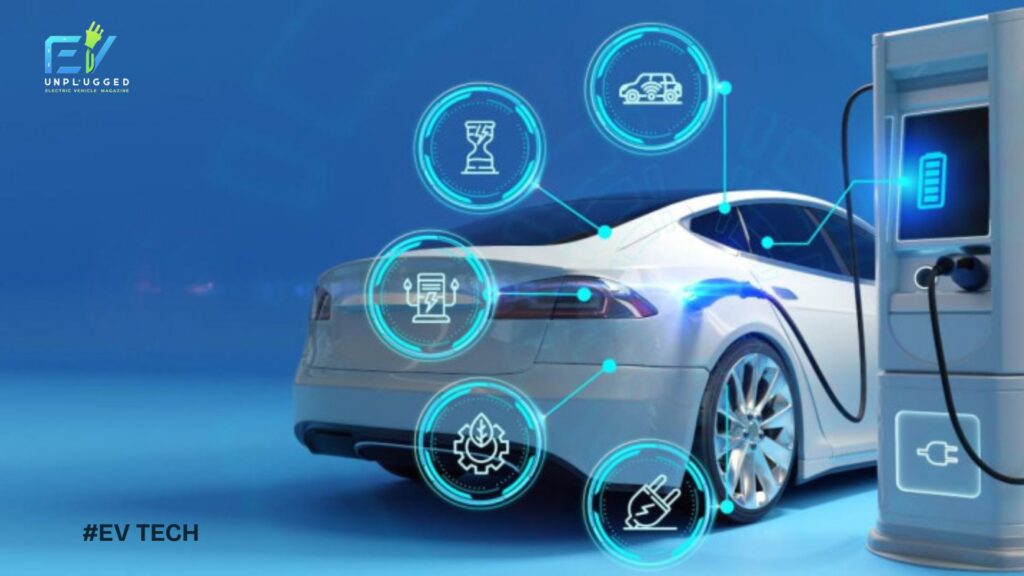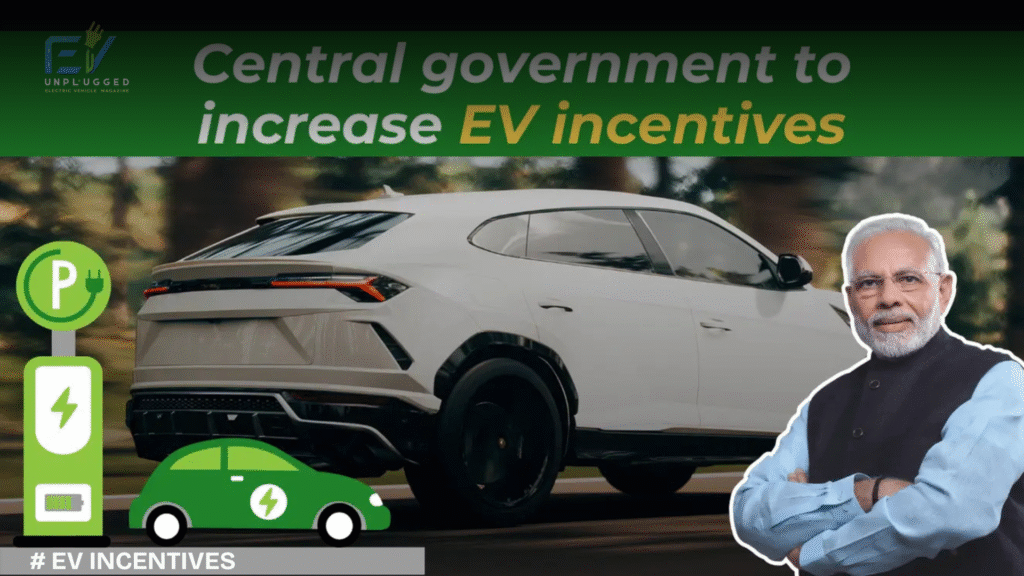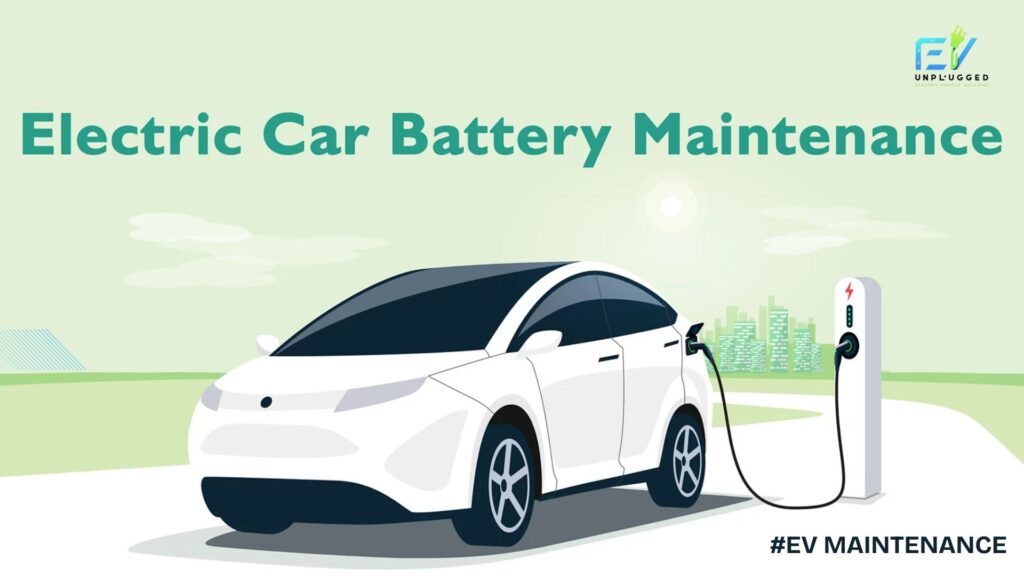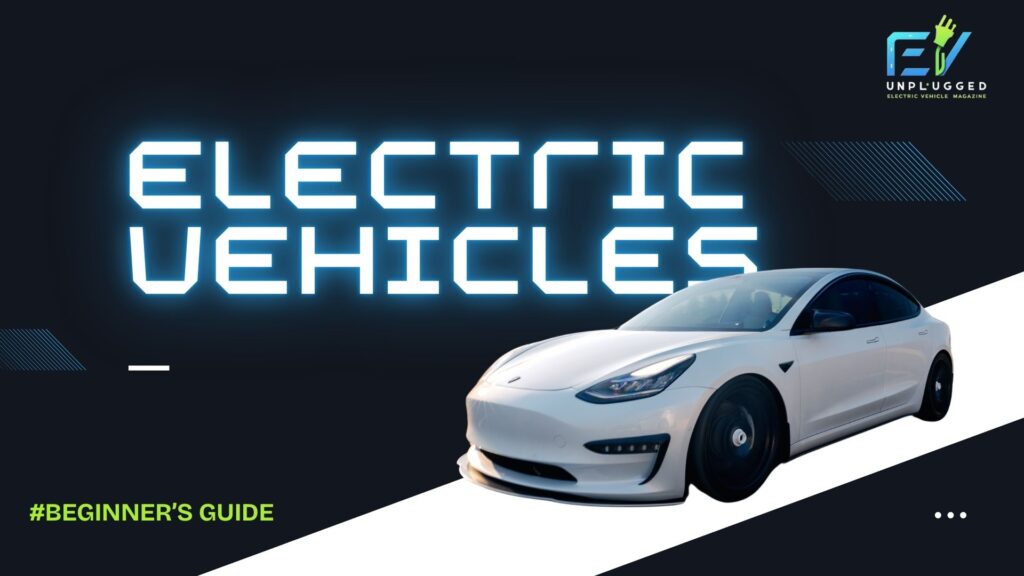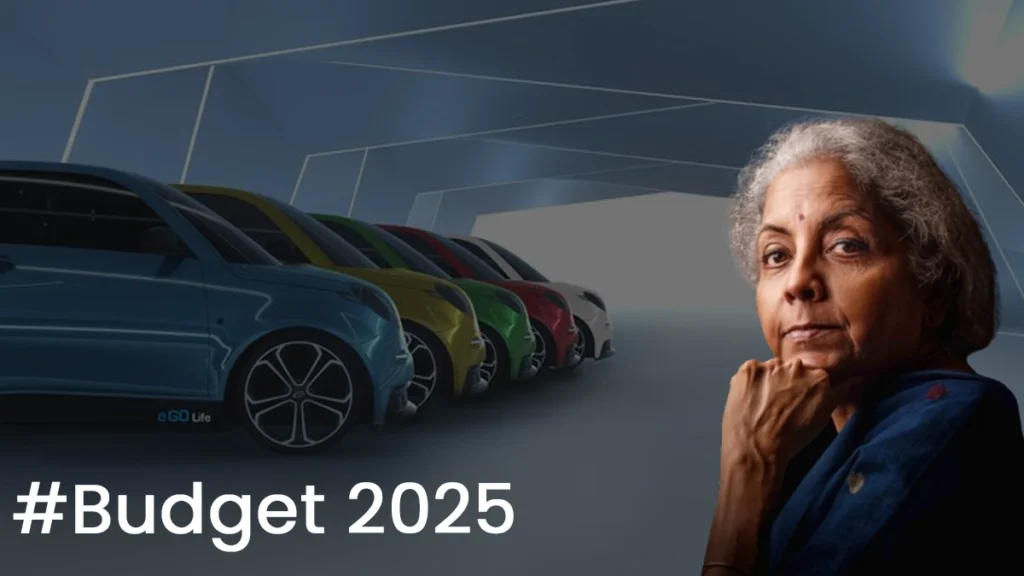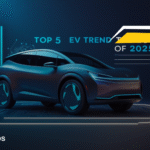EVs and the Power Grid: Burden or Boon?
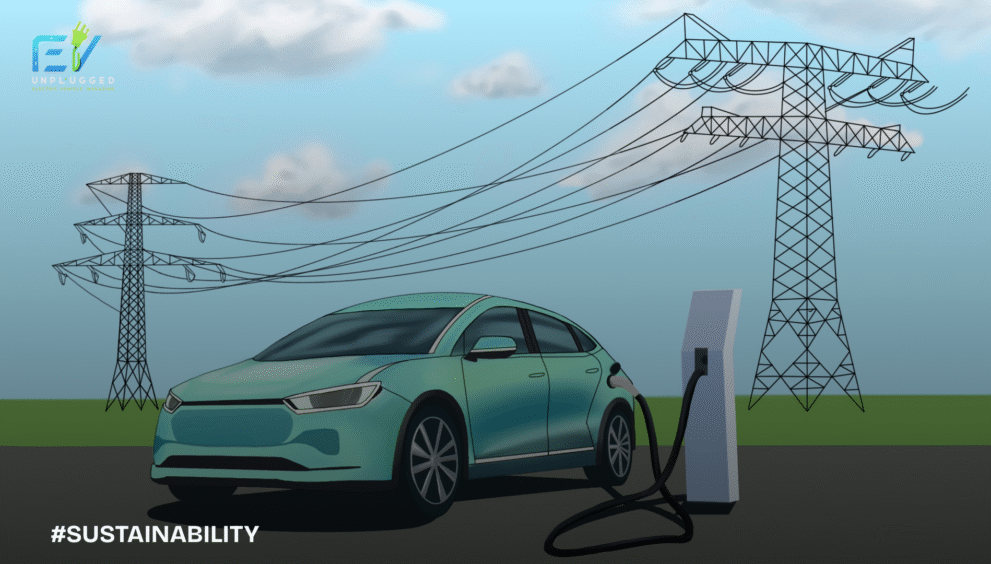
The electric vehicle (EV) revolution is accelerating globally—and India is no exception. While EVs promise reduced emissions, quieter streets, and cleaner air, they also pose a critical question: How will the power grid handle the surge in electricity demand? As we transition to cleaner mobility, the intersection between electric vehicles and the power grid has become one of the most debated topics in the energy sector.
Rising EV Adoption and Electricity Demand
Electric vehicles are no longer niche—they’re going mainstream. With growing support from governments, automakers, and clean energy advocates, millions of EVs are expected to hit the roads globally. In India, schemes like FAME-II are accelerating this trend. But every new EV adds to the overall electricity demand, particularly when fleets or multiple personal vehicles charge at once.
When EVs charge simultaneously, especially in concentrated areas like apartment complexes or office parks, the energy demand rises sharply. The additional load, if unmanaged, can exceed the capacity of local transformers or substations.
Conclusion: As EV numbers grow, our energy systems must scale too. Grid planning needs to account for new EV clusters to avoid regional power shortages and maintain supply reliability.
Peak Load Challenges and Smart Charging
One of the biggest concerns for utilities is peak load management. If most EV users plug in their vehicles in the evening after work—the same time when lights, fans, and appliances are already in use—the grid faces a massive spike in demand. This not only stresses the system but can also lead to outages or require expensive peaker plants to fill the gap.
Smart charging offers a solution. By scheduling EV charging during off-peak hours or when renewable generation is high (like mid-afternoon solar peaks), we can flatten demand curves and optimize usage.
Conclusion: Smart charging shifts EV energy consumption to times when the grid is under less pressure, preventing overloads and creating a more balanced system.
Vehicle-to-Grid (V2G): A Game-Changer?
While EVs draw power from the grid, emerging technologies allow them to give back. Vehicle-to-Grid (V2G) enables bi-directional energy flow—meaning EVs can discharge stored energy back into the grid during times of high demand. This essentially turns millions of parked EVs into backup energy sources.
When integrated with renewables, V2G can help balance the intermittency of solar and wind. For instance, excess solar energy generated during the day can be stored in EV batteries and pushed back to the grid at night.
Conclusion: V2G transforms EVs into energy assets. Rather than being a burden, they can enhance grid stability and help decarbonize electricity consumption.
Role of Renewable Energy and Energy Storage Systems
The environmental benefits of EVs are maximized only when they’re powered by clean energy. Charging an EV with coal-based power undermines its sustainability goals. That’s where renewables—especially solar and wind—become critical. Coupling EV infrastructure with renewable sources is not just beneficial, it’s essential.
Battery Energy Storage Systems (BESS) can store surplus renewable energy and release it when needed, ensuring that EV charging remains green and reliable, even when the sun isn’t shining or the wind isn’t blowing.
Conclusion: Integrating renewables with energy storage ensures that EVs truly become zero-emission vehicles—from tailpipe to plug.
Urban vs Rural: Grid Readiness Divide
Urban India is witnessing rapid EV infrastructure growth, but rural areas face challenges like inconsistent electricity supply, outdated distribution lines, and limited capacity. This urban-rural divide poses a threat to equitable EV adoption and limits the growth of clean mobility outside cities.
While cities are investing in grid upgrades and smart solutions, rural areas need policy-backed investments to strengthen infrastructure, especially at the last-mile distribution level.
Conclusion: A future-proof EV ecosystem must bridge the infrastructure gap between urban and rural India to ensure inclusive, nationwide adoption.
Smart Grids and Digital Monitoring
Traditional power grids weren’t built for dynamic, two-way power flows or real-time demand shifts. With EVs entering the picture, this has to change. Smart grids embedded with IoT, AI, and advanced sensors can monitor grid health, predict demand spikes, and adjust supply on the fly.
Digital technologies allow for real-time control of EV chargers, smart homes, and even V2G systems—creating a responsive energy ecosystem that adapts to changing loads and prevents instability.
Conclusion: Smart grids are the digital backbone of EV integration, enabling real-time coordination between electricity demand, supply, and mobility.
Conclusion: Burden or Boon?
In the short term, EVs may strain the power grid if adoption outpaces infrastructure upgrades. But in the long run, with strategic planning, smart technologies, renewable energy integration, and V2G deployment, electric vehicles can become a boon for the power grid, turning a challenge into a powerful opportunity.

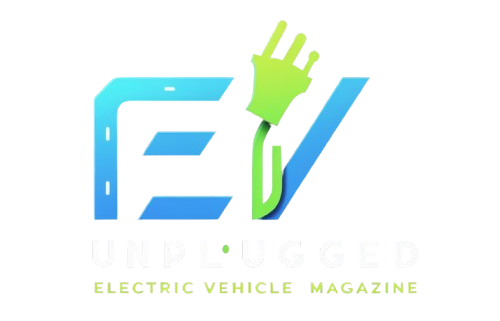
 English
English 